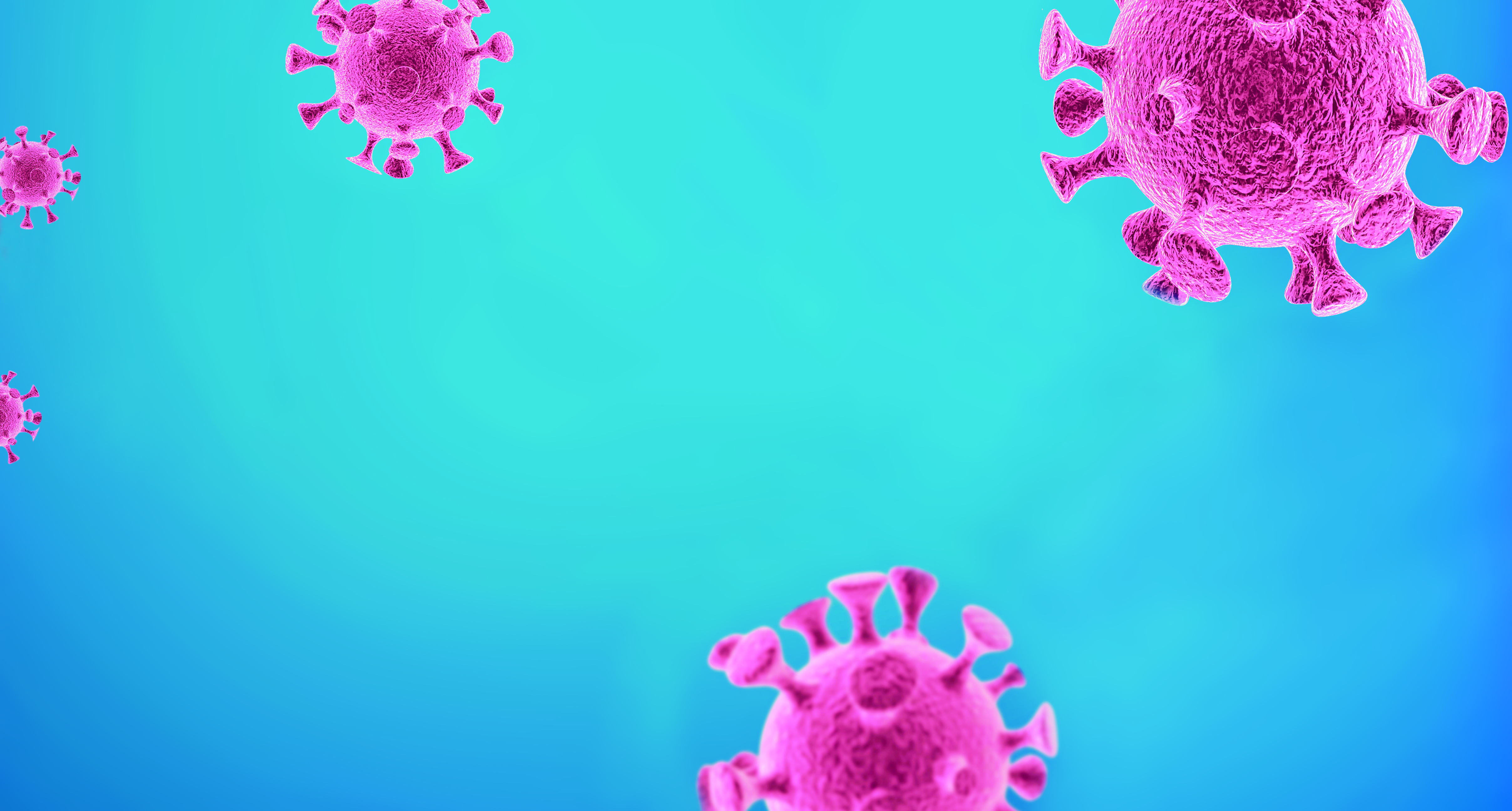10 Things You Need Know About COVID-19

Dr Nathanael Goldman at ParkwayHealth discusses parent concerns surrounding the Coronavirus.
Kids are just as susceptible to the virus
There is no firm conclusion at the moment, but the growing consensus is that although kids usually show less symptoms than adults, they do get infected and are also able to t2ransmit the illness to others.
How to tell the difference between the coronavirus, the flu, a cold or seasonal allergy
- You should consider that any respiratory symptoms like runny nose and cough could be COVID-19 as there is no reliable clinical differences for mild cases between a common cold and COVID-19 infection.
- COVID-19 can also present as a flu-like illness, with not only runny nose and cough, but also body ache and fever.
- There are not always easy clues to separate seasonal allergies from the common cold and that also applies to COVID-19: Allergies come with fever and tend to be related to an environment, lasting as long as we are in the environment triggering the allergic reaction.
- COVID-19 can lead to serious breathing difficulties in a subset of patients, that is usually, but not always, the older patients and those with chronic health problems. Kids with COVID-19 rarely present with a serious illness; though there were a few deaths recorded amongst children and adolescents in the largest series analysed to date. It is reasonable to extrapolate that kids with chronic health problems would be more at risk with COVID-19 infection.
Checking your child's temperature
If there is a sign of illness, or suspicion of someone being sick at home,it makes sense to check the temperature. But absence of temperature is not a reliable sign that there is no infection.
Breastfeeding
- As of today, breast milk hasn’t been found to contain the COVID-19virus, but it is still too early to really tell for sure.
- AmotherwhohasCOVID-19is likely be able to transmit the virus to her baby, exactly as she would with other respiratory viruses like the flu virus, for example, so, it is recommended that a mother would take measures to protect her infant against transmission.
- At the same time, a mother who is infected with COVID-19 and is able to breastfeed should continue breastfeeding as the benefits are thought to be greater than the risk for the baby if not breastfeeding.
Risks to children with asthma
- Asthma is a chronic illness and respiratory infections put children with asthma at risk for an asthma attack, so COVID-19 is a theoretical risk for them.
- However, there is no evidence yet that children with asthma have a worse outcome compared to those without asthma when infected with COVID-19.
- It is certainly recommended that kids continue using their asthma medication as usual, including their inhaled corticosteroids.
- It is also recommended that they and their family practice all the necessary, recommended steps to decrease the likelihood of COVID- 19 entering the family (social distancing, washing hand, etc.) so that the child with increased risk is better protected.
Children being around grandparents and the elderly
- Kids can become infected with the Coronavirus but likely to have less obvious symptoms than adults, meaning that their illness may be less obvious.
- It is also thought, as mentioned previously that children most probably transmit the virus, as they do for other viral respiratory illnesses when they become infected, therefore representing an infectious risk for adults and in particular for older people and those with a chronic medical condition who are more at risk for a serious COVID-19 infection.
Playdates
Try to avoid play dates if the virus is currently present wherever you are, as you cannot reliably practice effective social distancing making it easy to infect others.
Outdoor activities
- Social outdoor activities should be limited based on the situation of the outbreak as it can be a vector of continued transmission of the virus, as for playdates.
- Playground activities involve close contacts with other kids and would favour viral transmission between families, so they should be discouraged in the middle of an outbreak.
- Outdoor inner family circle social activities should be encouraged in places where social distancing can be safely practiced, for example, forest walks.
Children wearing masks
I would suggest showing your children how to wear a mask at home in a quiet family environment as if playing with a parent.
It is important not to force your child to wear a mask as it is likely to be counterproductive.
Travelling with children
- Travelling is typically a situation where we are at risk of becoming infected by a virus in general as we come into contact with many people in closed environments and have many opportunities to touch infected surfaces.
- Before travelling with children, it is a good idea to explain to them what will happen during the trip, showing them visually and explaining the steps you will take to stay away from potentially infectious situations: social distancing, avoiding touching objects in the public environment, avoiding touching one’s own face, cleaning hands regularly, staying close to a family member.
- It may be useful to assign responsibilities within a family so that every- one knows what to do for the kids’ supervision, and avoid thinking that the other one was doing the job.
Dr Nathanael Goldman
Paediatrician
Dr Nathanael Goldman has over 20 years of international experience in paediatrics. He received his postgraduate degree Paediatrics at the Univer- site Libre de Bruxelles (Belgium).
ParkwayHealth
Phone: 400 819 6622
Website: www.parkwaypantai.cn
